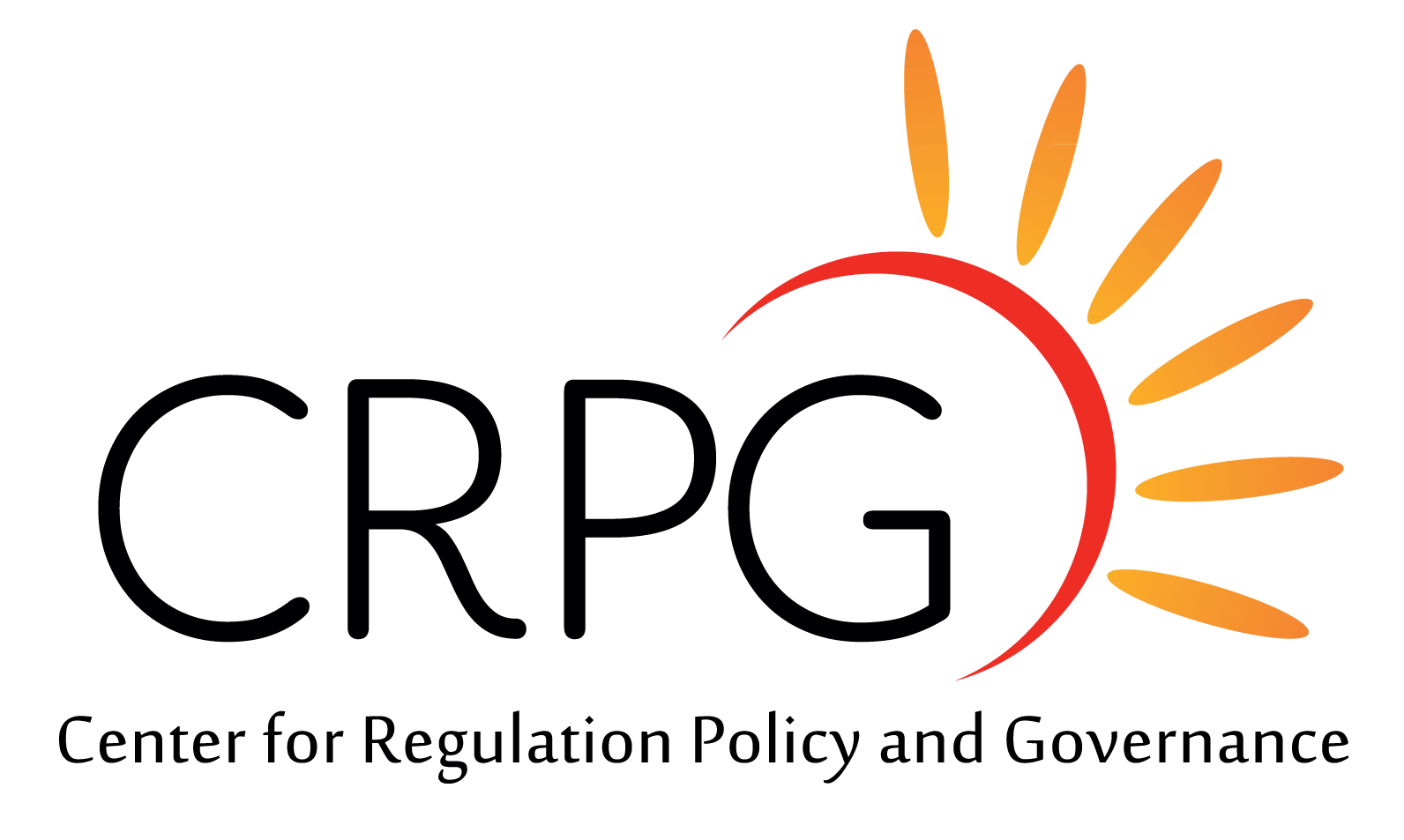Perdagangan Emisi vs Perdagangan Karbon: PERPRES 110/2025's Trading Mechanism Overhaul

Perdagangan Emisi vs Perdagangan Karbon: PERPRES 110/2025's Trading Mechanism Overhaul
PERPRES 110/2025 Comparative Analysis Series - Article 2 of 5
This series analyzes the comprehensive transformation from PERPRES 98/2021 to PERPRES 110/2025:
- From Carbon Rights to Carbon Allocation - The Paradigm Shift
- Emissions Trading Infrastructure - From Batas Atas to Quota System
- International Carbon Markets - Otorisasi and Corresponding Adjustment
- Dual Certification Pathway - DRAM vs DPP Documentation
- Registry Evolution - From Single SRN PPI to Dual Registry System
Article 1(23) of PERPRES 110/2025 redefines emissions trading with surgical precision: "Perdagangan Emisi GRK adalah mekanisme transaksi Kuota Emisi GRK di antara Pelaku Usaha" (GHG Emissions Trading is a transaction mechanism for GHG Emission Quotas among Business Actors). This definition fundamentally restructures the previous regulation's approach. PERPRES 98/2021 Article 1(18) defined "Perdagangan Emisi" simply as "mekanisme transaksi antara Pelaku Usaha yang memiliki emisi melebihi Batas Atas Emisi yang ditentukan" (transaction mechanism among Business Actors whose emissions exceed the determined Emissions Cap). The critical evolution lies in three transformations: specification of what is traded (Kuota Emisi GRK vs generic emissions), who participates (all Pelaku Usaha vs only those exceeding caps), and the transaction foundation (quota allocation vs cap exceedance) (see Matrix 1.1 below).
1.0 Trading Instrument Transformation
1.1 From Generic Emissions to Quota Units
The most significant technical change distinguishes "Perdagangan Emisi GRK" (GHG Emissions Trading) from "Perdagangan Karbon" (Carbon Trading). PERPRES 110/2025 Article 1(22) preserves "Perdagangan Karbon adalah mekanisme berbasis pasar untuk mengurangi Emisi GRK melalui kegiatan jual beli Unit Karbon" (Carbon Trading is a market-based mechanism to reduce GHG Emissions through buying and selling Carbon Units). The parallel existence of both definitions creates a dual market structure: compliance markets trade Kuota Emisi GRK among Instalasi yang Diatur, while voluntary markets trade Unit Karbon from emissions reduction projects.
This separation did not exist in PERPRES 98/2021, which conflated compliance and voluntary mechanisms under a single "Perdagangan Karbon" framework. Article 1(17) of the 2021 regulation defined Carbon Trading identically to the 2025 version, but without the corresponding Emissions Trading definition, leaving ambiguous whether quota trading and offset trading followed the same rules. The 2025 regulation's explicit bifurcation enables different regulatory treatment—mandatory participation and strict verification for Quota trading, flexible project-based certification for Unit trading.
Matrix 1.1: Trading Mechanism Comparison
| Element | PERPRES 98/2021 | PERPRES 110/2025 | Market Structure Impact |
|---|---|---|---|
| Emissions Trading Definition | Pasal 1(18) - Transaction among cap exceeders | Pasal 1(23) - Quota transaction among all actors | From penalty to allocation-based |
| Carbon Trading Definition | Pasal 1(17) - Unit Karbon buying/selling | Pasal 1(22) - Identical definition retained | Continues voluntary market |
| Market Separation | Single conflated framework | Explicit dual market (compliance vs voluntary) | Enables differentiated regulation |
| Traded Instrument (Compliance) | Unclear - implied emissions rights | Kuota Emisi GRK (specific definition) | Creates tradable compliance unit |
| Traded Instrument (Voluntary) | Unit Karbon | Unit Karbon (unchanged) | Maintains offset mechanism |
| Participant Scope (Compliance) | Only cap exceeders | All Instalasi yang Diatur | Expands mandatory participation |
| Participant Scope (Voluntary) | Any Pelaku Usaha | Any Pelaku Usaha (unchanged) | Maintains open access |
1.2 Mandatory Installation Participation
PERPRES 110/2025 Article 1(16) introduces "Instalasi yang Diatur adalah instalasi yang wajib mengikuti Perdagangan Emisi GRK" (Regulated Installations are installations obligated to participate in GHG Emissions Trading). This concept had no equivalent in PERPRES 98/2021. The previous regulation implied mandatory participation through language about exceeding caps, but never explicitly designated which installations must participate or the criteria for designation.
The "wajib mengikuti" (obligated to participate) language creates a compliance obligation distinct from voluntary market participation. Regulated Installations cannot opt out of the quota trading system—they receive quota allocations and must surrender quotas matching actual emissions. This mirrors EU ETS structure where designated installations in covered sectors must participate regardless of whether they wish to trade. Implementation will require defining designation criteria (likely based on emission thresholds, sector coverage, and activity types) through ministerial regulations.
Matrix 1.2: Participant Designation
| Aspect | PERPRES 98/2021 | PERPRES 110/2025 - Pasal 1(16) | Compliance Character |
|---|---|---|---|
| Installation Definition | None | Instalasi yang Diatur (Regulated Installations) | Creates designated entity class |
| Participation Nature | Implied through cap exceedance | Mandatory - "wajib mengikuti" | Establishes compliance obligation |
| Designation Criteria | Not specified | To be determined (awaiting implementing regulations) | Requires threshold definition |
| Scope of Obligation | Unclear | Perdagangan Emisi GRK participation | Specific to quota trading |
| Exemption Possibility | Ambiguous | No exemption from designation | Mandatory once designated |
| Non-Covered Entities | Not addressed | Can participate in Perdagangan Karbon voluntarily | Maintains voluntary market access |
| Registration | Presumed in SRN PPI | Likely separate registration in SRUK | Requires compliance tracking |
2.0 Quota Allocation and Trading Logic
2.1 Allocation-Based vs Exceedance-Based Trading
PERPRES 98/2021's emissions trading conceptualization centered on cap exceedance. Article 1(18) defined trading as transactions "among Business Actors whose emissions exceed the determined Emissions Cap." This framing suggests trading occurs only when entities exceed their limits, positioning trading as a compliance mechanism for violators rather than a market for all participants.
PERPRES 110/2025 fundamentally restructures this logic. Emissions Trading now involves "transaksi Kuota Emisi GRK di antara Pelaku Usaha" (Quota transactions among Business Actors)—no reference to exceedance. Regulated Installations receive quota allocations and can trade regardless of whether they emit above or below their allocations. Installations emitting less than allocated quotas can sell surplus; installations emitting more can buy additional quotas. This allocation-based trading incentivizes emissions reduction because reductions create sellable assets, whereas the exceedance-based framing only incentivized compliance avoidance.
Matrix 2.1: Trading Logic Comparison
| Logic Element | PERPRES 98/2021 - Pasal 1(18) | PERPRES 110/2025 - Pasal 1(23) | Incentive Structure |
|---|---|---|---|
| Transaction Trigger | Emissions exceeding cap | Quota allocation (regardless of emissions) | From reactive to proactive |
| Seller Profile | Not clearly defined | Installations with surplus quotas | Rewards emissions reduction |
| Buyer Profile | Cap exceeders (implied violators) | Installations needing additional quotas | Removes violation stigma |
| Trading Purpose | Compliance for violators | Flexible compliance for all | Normalizes market participation |
| Pre-Compliance Trading | Unclear permissibility | Explicitly permitted | Enables price discovery |
| Banking/Borrowing | Not addressed | Not yet specified | Requires implementing regulations |
| Penalty Alternative | Trading as alternative to penalty | Trading as normal compliance pathway | Shifts regulatory philosophy |
2.2 Unit Karbon Evolution
While both regulations define Unit Karbon, the 2025 version expands the concept significantly. PERPRES 98/2021 Article 1(15) defined it as "bukti kepemilikan karbon dalam bentuk sertifikat atau persetujuan teknis yang dinyatakan dalam 1 (satu) ton karbondioksida yang tercatat dalam SRN PPI" (proof of carbon ownership in the form of certificates or technical approval stated in 1 ton of carbon dioxide registered in SRN PPI).
PERPRES 110/2025 Article 1(18) redefines Unit Karbon as "hasil pengurangan dan/atau penyerapan emisi yang disertifikatkan melalui skema sertifikasi domestik, sertifikasi internasional, atau Kuota Emisi GRK yang dinyatakan dalam satuan ton karbon dioksida ekuivalen" (results of emission reduction and/or absorption certified through domestic certification schemes, international certification, or GHG Emission Quotas stated in units of ton carbon dioxide equivalent).
Matrix 2.2: Unit Karbon Comparison
| Feature | PERPRES 98/2021 - Pasal 1(15) | PERPRES 110/2025 - Pasal 1(18) | Functional Expansion |
|---|---|---|---|
| Source Definition | Bukti kepemilikan (ownership proof) | Hasil pengurangan/penyerapan (reduction/absorption result) | From legal to physical basis |
| Certification Routes | Sertifikat atau persetujuan teknis | Domestik, internasional, atau Kuota | Adds international pathway |
| International Recognition | Not mentioned | Explicitly included | Enables cross-border trading |
| Quota Convertibility | Not addressed | Kuota Emisi GRK included as Unit Karbon | Allows compliance-to-voluntary conversion |
| Measurement Unit | 1 ton CO₂ | 1 ton CO₂e (equivalent) | Includes all GHGs |
| Registry | SRN PPI only | Presumably SRUK (separate registry) | Institutional separation |
| Verification Standard | Implied MRV | Explicit certification requirement | Strengthens integrity |
3.0 Operationalization Requirements
3.1 Implementation Gap Identification
The transformation from conceptual to operational emissions trading creates significant implementation requirements. PERPRES 110/2025's technical precision identifies at least seven areas requiring implementing regulations: (1) Instalasi yang Diatur designation criteria and thresholds, (2) Kuota Emisi GRK allocation methodology, (3) trading platform specifications and operation, (4) quota banking and borrowing rules, (5) price ceiling and floor mechanisms, (6) market monitoring and manipulation prevention, and (7) integration between Perdagangan Emisi GRK and Perdagangan Karbon markets.
PERPRES 98/2021 underestimated these operational complexities. Its simpler definitions implied a straightforward implementation that experience showed was unrealistic. The 2025 regulation's explicit acknowledgment of complexity—through separate definitions for quota trading and carbon trading, mandatory installation designation, and dual registry systems—sets realistic expectations for the regulatory development needed before full market operation.
Matrix 3.1: Implementation Requirements
| Requirement Area | PERPRES 98/2021 Status | PERPRES 110/2025 Requirement | Regulatory Need |
|---|---|---|---|
| Installation Designation | Not addressed | Instalasi yang Diatur criteria | Ministerial regulation defining thresholds |
| Quota Allocation | Implied via Batas Atas | Explicit via Kuota from Alokasi | Detailed allocation methodology |
| Trading Platform | Bursa Karbon (general) | Separate for quota vs units | Platform technical specifications |
| Banking/Borrowing | Not mentioned | Implied but not specified | Intertemporal flexibility rules |
| Price Management | Not addressed | Not yet specified | Price collar or reserve mechanisms |
| Market Oversight | Minimal | Required for dual markets | Monitoring and enforcement procedures |
| Cross-Market Links | N/A (single market) | Quota-Unit relationship | Conversion rules if permitted |
Continue Reading: PERPRES 110/2025 Comparative Analysis Series
This series analyzes the comprehensive transformation from PERPRES 98/2021 to PERPRES 110/2025:
- Article 1: From Carbon Rights to Carbon Allocation - The Paradigm Shift
- Article 2 (this article): Emissions Trading Infrastructure - From Batas Atas to Quota System
- Article 3: International Carbon Markets - Otorisasi and Corresponding Adjustment
- Article 4: Dual Certification Pathway - DRAM vs DPP Documentation
- Article 5: Registry Evolution - From Single SRN PPI to Dual Registry System
PERPRES 110/2025 Comparative Analysis Series - Article 2 of 5
This series analyzes the comprehensive transformation from PERPRES 98/2021 to PERPRES 110/2025:
- From Carbon Rights to Carbon Allocation - The Paradigm Shift
- Emissions Trading Infrastructure - From Batas Atas to Quota System
- International Carbon Markets - Otorisasi and Corresponding Adjustment
- Dual Certification Pathway - DRAM vs DPP Documentation
- Registry Evolution - From Single SRN PPI to Dual Registry System
LEGAL DISCLAIMER: This analysis compares emissions trading frameworks in PERPRES 98/2021 with PERPRES 110/2025 for educational purposes. It does not constitute legal advice or carbon market participation guidance. The transformation from exceedance-based to quota-based trading affects compliance obligations, market participation requirements, and trading strategies. Specific implementation requires consideration of: (1) forthcoming Instalasi yang Diatur designation criteria, (2) Kuota Emisi GRK allocation methodologies, (3) trading platform technical specifications, (4) banking and borrowing rules for intertemporal flexibility, (5) price management mechanisms to prevent volatility, (6) cross-market conversion rules between Quota and Unit trading, and (7) integration of existing carbon market participants under previous framework. Entities potentially subject to mandatory emissions trading should consult qualified environmental law and carbon market counsel for guidance on designation likelihood and compliance preparation.

